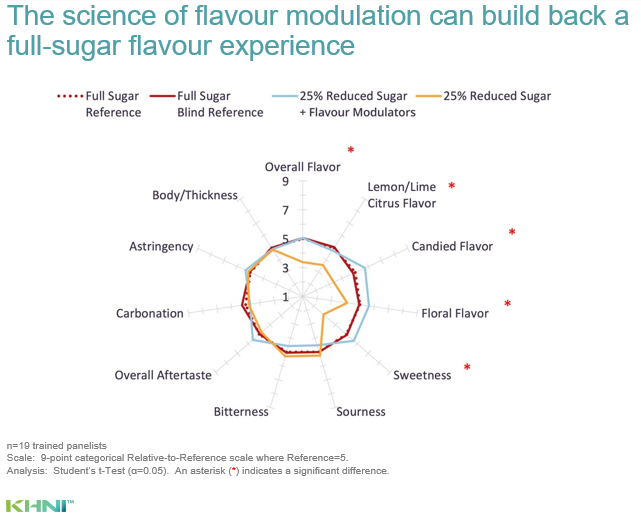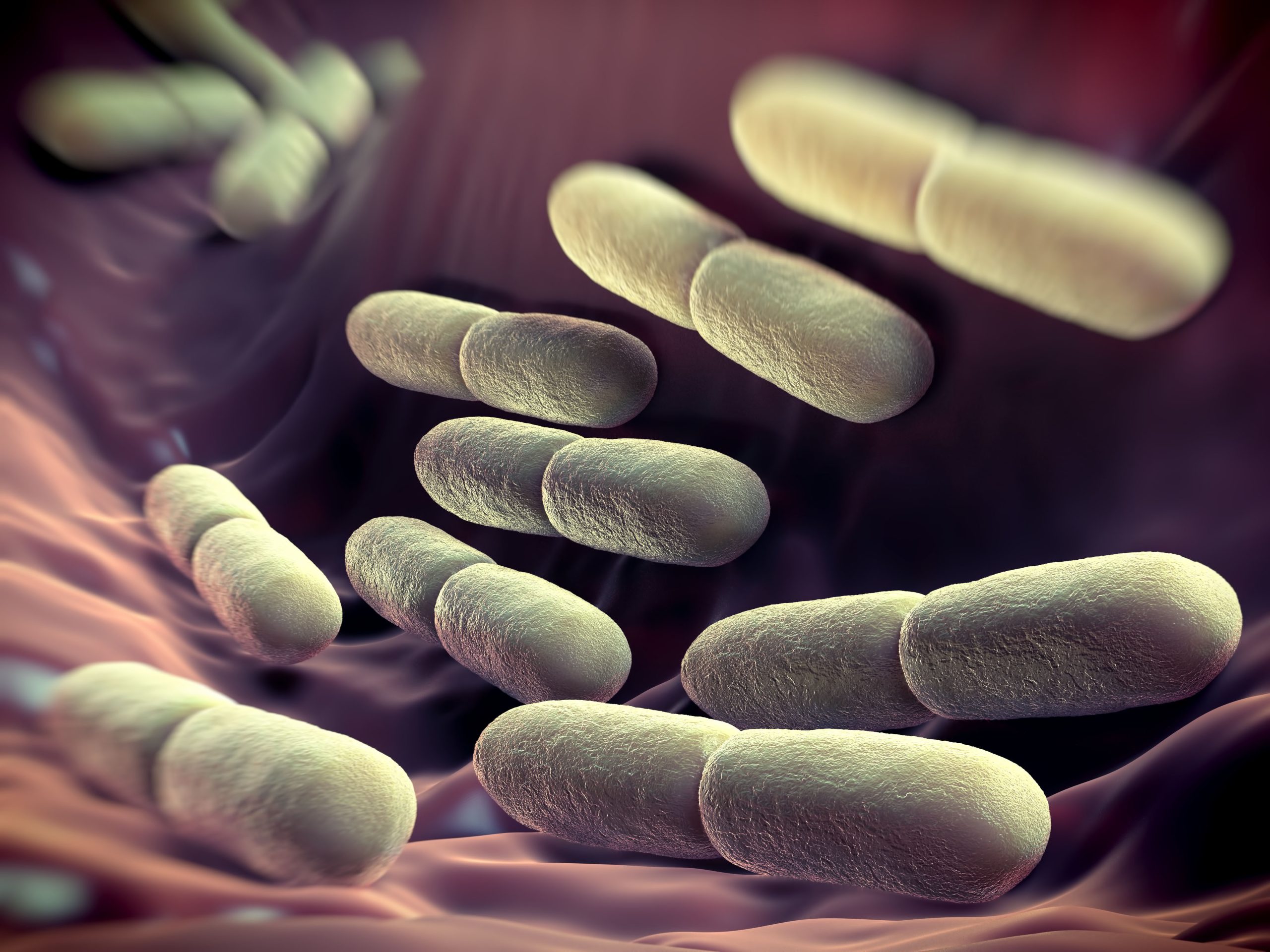The Science of Taste & Nutrition
Taste, gustatory perception, or gustation is the sensory impression of food and beverages on the tongue and is one of the five traditional senses.
|
Get KHNI articles delivered to your inbox
|
Science of Taste
The experience of flavour of food or beverages, arises from the integration of multiple sensory cues, including odour, taste, temperature, appearance, etc. Food and beverages we consume need to be perceived as appealing and not just as filling; taste quality is critical. Sensory pleasures from the taste of foods is a major determinant of food intake: Foods that satisfy the taste (via flavour, texture, mouth feel, sensory perception) may contribute not only to greater eating experience, but also to a sense of satiation and satiety. Studies indicate that in addition to the nutritional composition, a food’s taste, smell, texture, temperature, colour and appearance all affect satiety, contributing to sensory-specific satiety attributed to individual foods. 
An individual’s genetic makeup partially accounts for their tasting abilities and preferences for specific foods. Some individuals are genetically programmed to have more taste buds and, as a result, taste more flavours in a particular food. A person’s ability to taste can lie anywhere in a spectrum from poor to exceptional, with the ability to sense tastes increasing in proportion to the number of taste buds present. The difference in the number of taste buds can be extreme; researchers have found anywhere from 11 to 1,100 taste buds per square inch in various young people tested. Researchers have also found that women tend to have more taste buds than men and, as a result, are often better tasters. How well people taste greatly affects what they like.

Taste Preferences and Perceptions
The sense of taste is one of the most important human senses
- Senses of taste allow us to separate undesirable foods from those that are nutritious
- Taste senses are strongly tied to primitive emotional and behavioural functions of our nervous system
- Taste defines our ingestion of foods, beverages and medications
- Taste preference refers to whether a person will choose certain type of food in preference to others, and he/she uses this to help control the type of diet eaten
- Taste preferences often change in accordance with the needs of the body for specific substances
- There are many pathophysiological conditions as well as daily habits that have close relation with the gustatory function
- Taste perception is an important factor that affects the quality of life
- Alteration in taste perception is crucial because it influences dietary habits and general health
- Taste perception is the sensation that results when taste buds convey information about the chemical composition of a substance
The Link Between Taste and Nutrition
The least nutritious food is the one goes uneaten. We can fortify a food or beverage with essential vitamins, minerals, or functional ingredients, but a person will typically not consume it more than once if it doesn’t meet their taste expectations. At the same time, many people overconsume foods that are high in sugar or salt due to their favorable taste, which can lead to excess weight gain. Taste has an inherently strong link with nutrition.
Some major areas where taste science aligns with nutrition are:
-
- Masking – many proteins, vitamins, minerals, and bioactive functional ingredients (e.g. the bitterness of caffeine) can bring off-flavours with them. Taste science can be used to understand which chemicals or components are causing these off-notes, then develop specific flavour components that reduce our ability to taste the off-flavours.

Off-tastes in pea protein are linked to specific chemistry. For example, in the chart above, high amounts of lipid oxidation are linked to a strong hay off-taste. Understanding what is causing off-tastes helps solve the issue at its root.
-
- Sugar reduction – reducing sugar will reduce the overall sweetness of a product, which often needs to be built back to make an acceptable product. Reducing sugar can also increase acidity and astringency while reducing mouthfeel and perception of flavour (e.g. peach notes in a peach beverage), so there is more to sugar than just sweetness.

-
- Sodium reduction – much like sugar, sodium has many roles in foods and beverages. The sodium channel our tongues use to sense salt is very specific, therefore it’s unlikely any substance could fully replace sodium. Saltiness has an initial intensity profile, followed by the mouthfeel phase which gives depth, followed by a unique finish, making it a complex experience to mimic. Taste science allows us to understand the complexity of this sensation to build complete solutions.
-
References
Moller. Taste and appetite. Flavor. 2015; 4:4. Sorensen et al. Effect of sensory perception of foods on appetite and food intake: a review of studies on humans. Int J Obes Relat Metab Disord. 2003;27:1152-1166.




